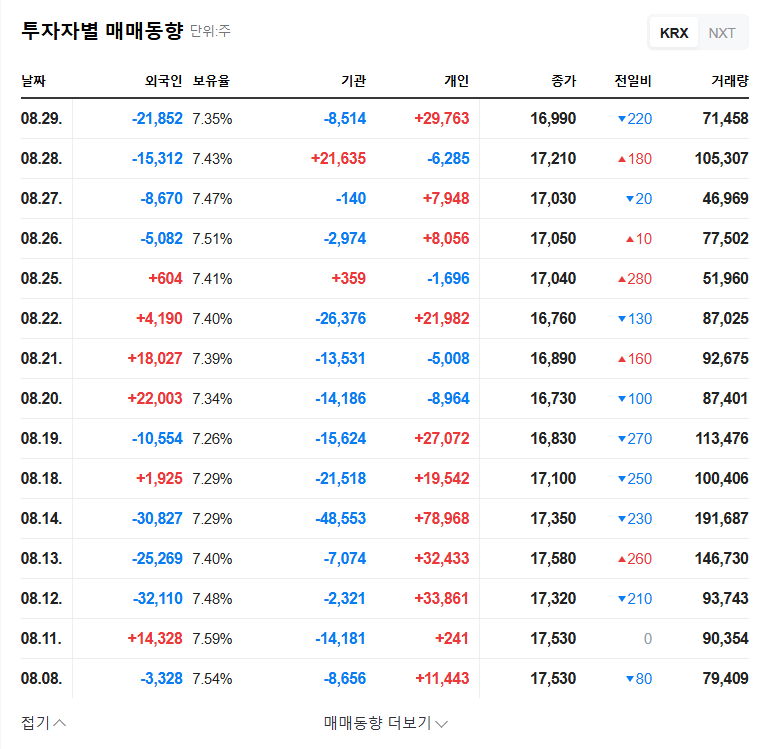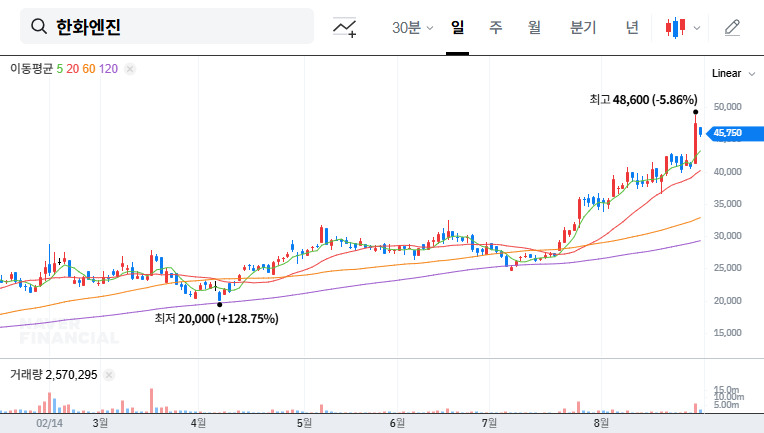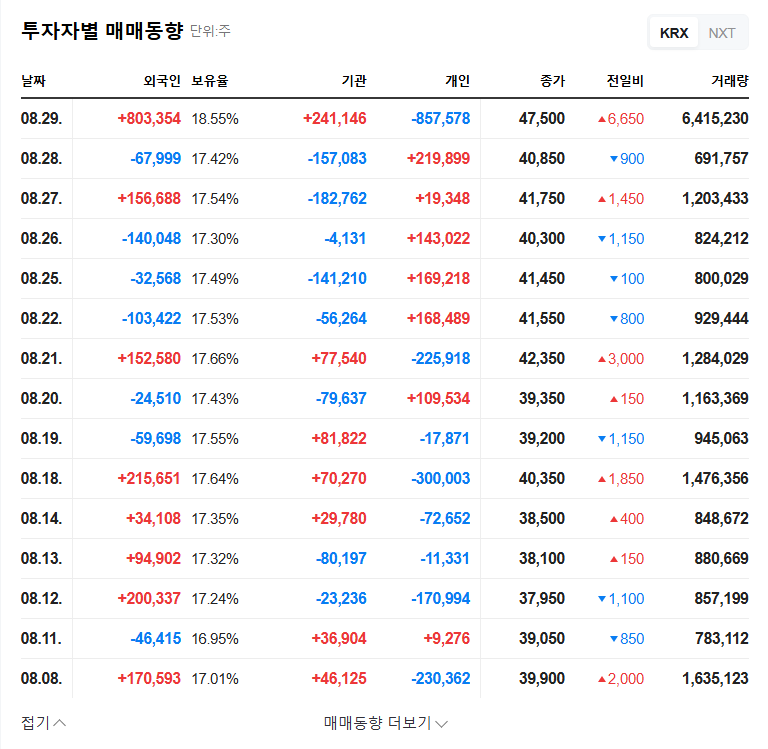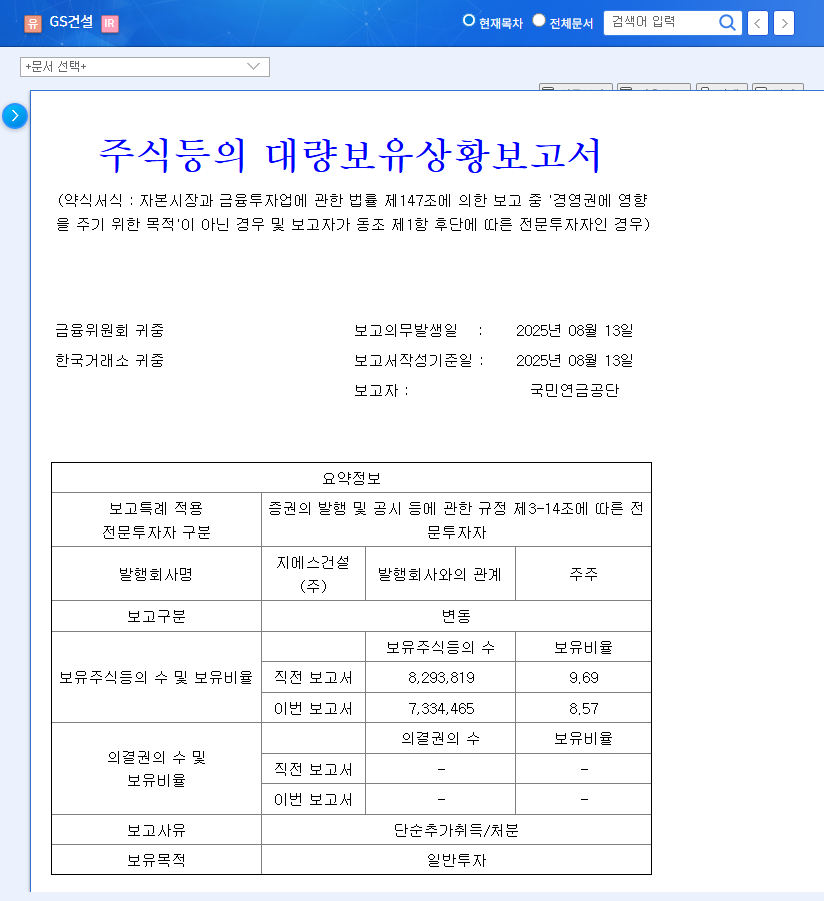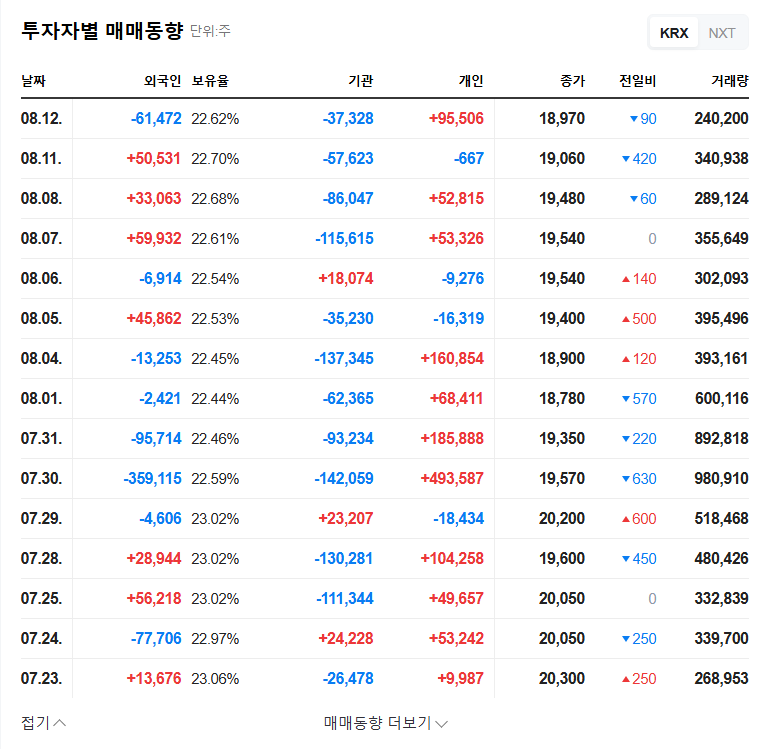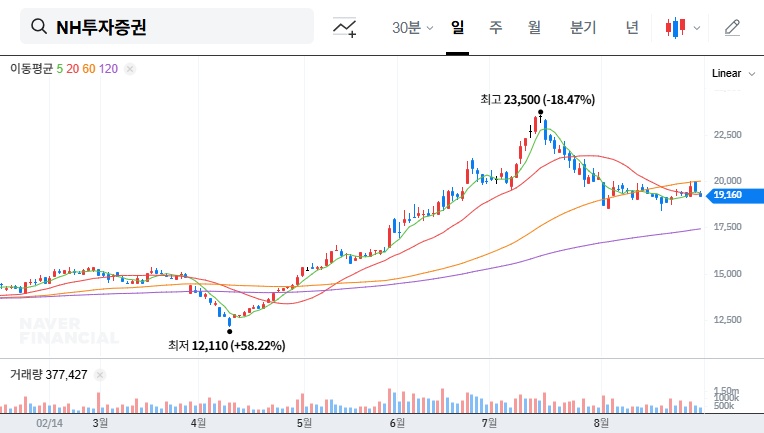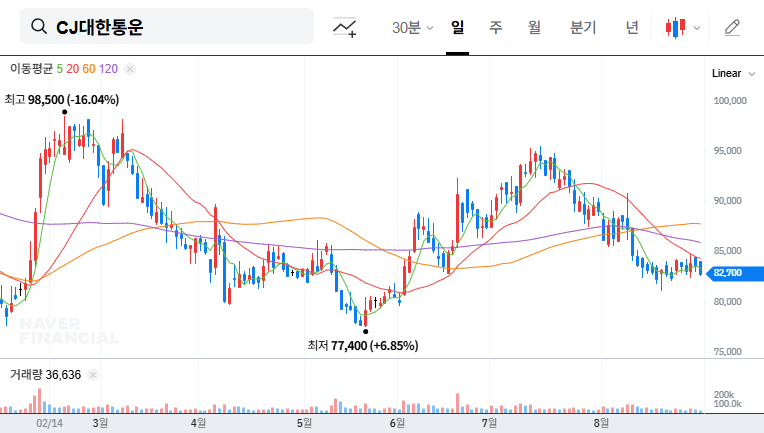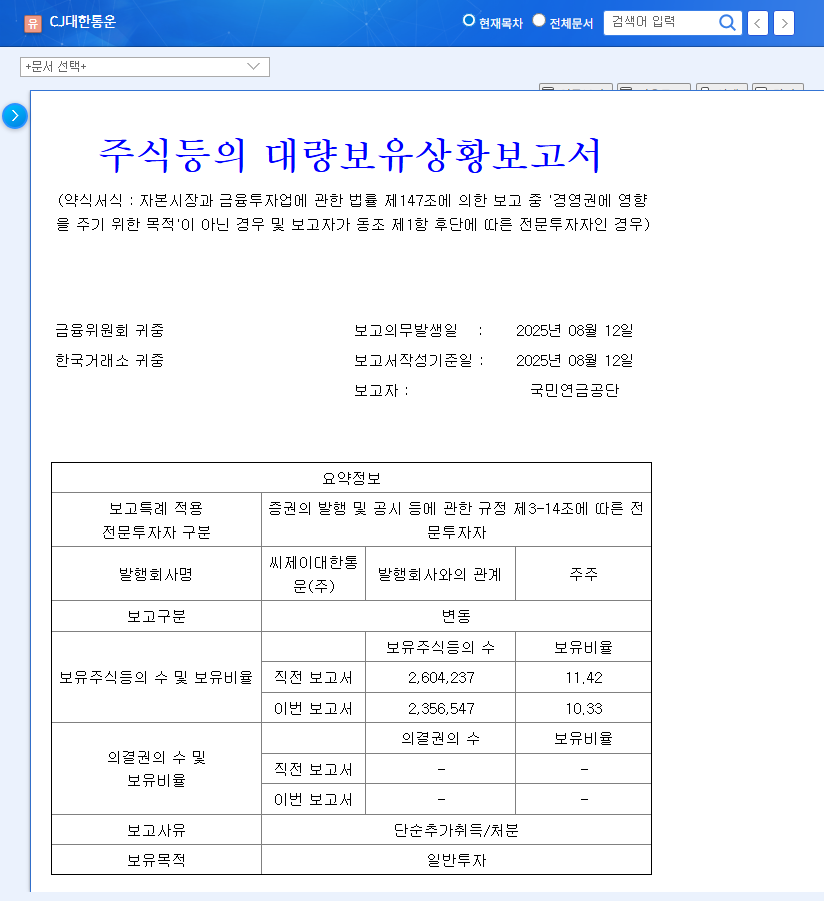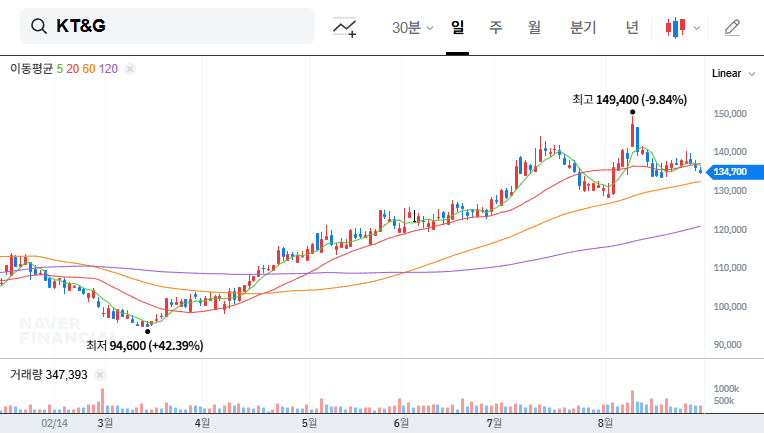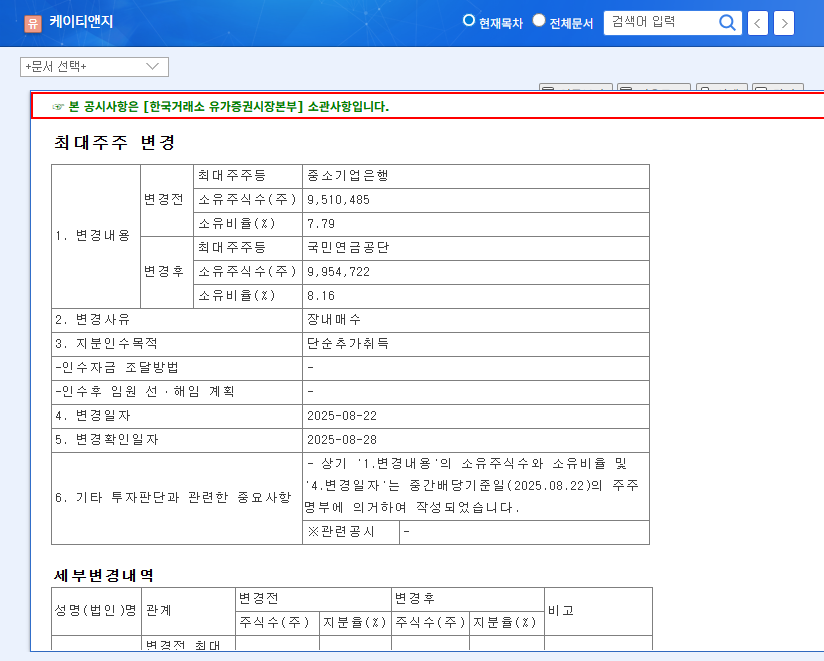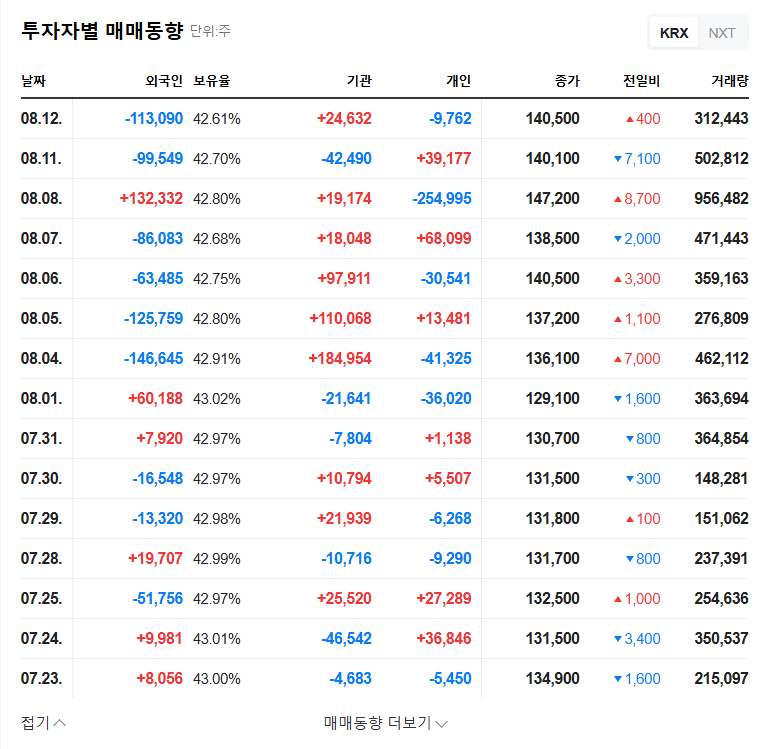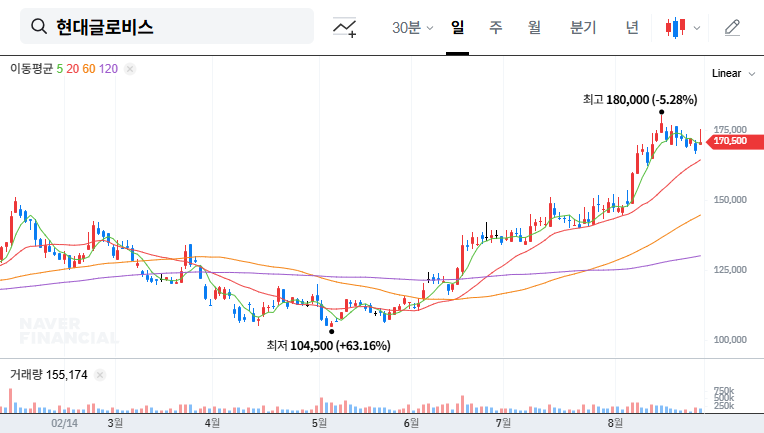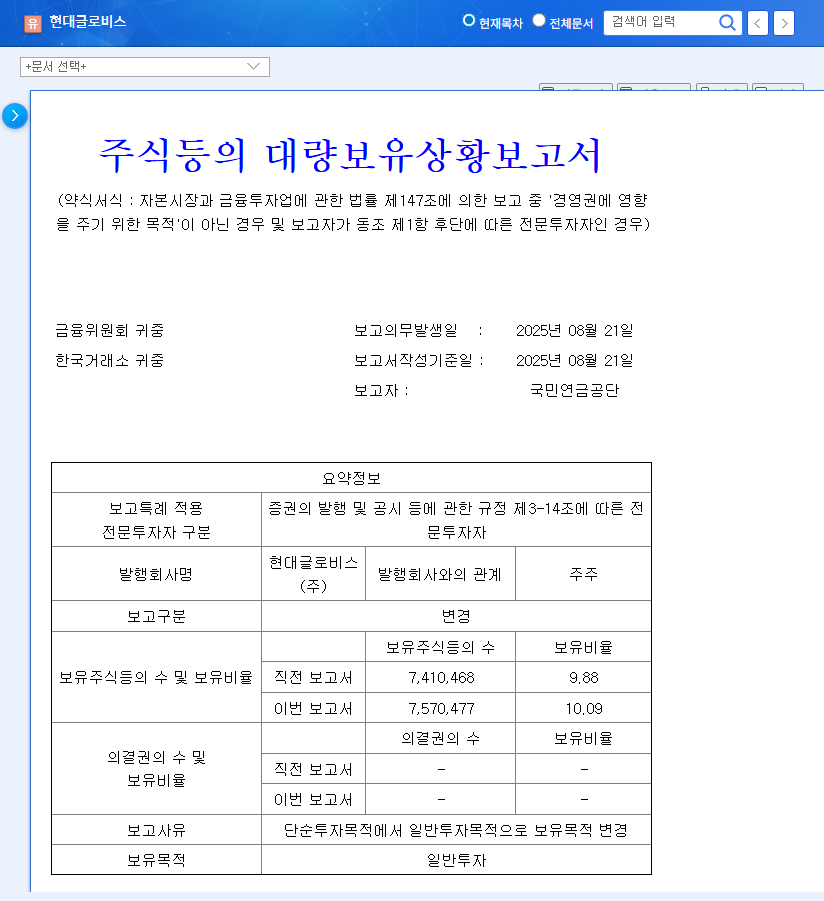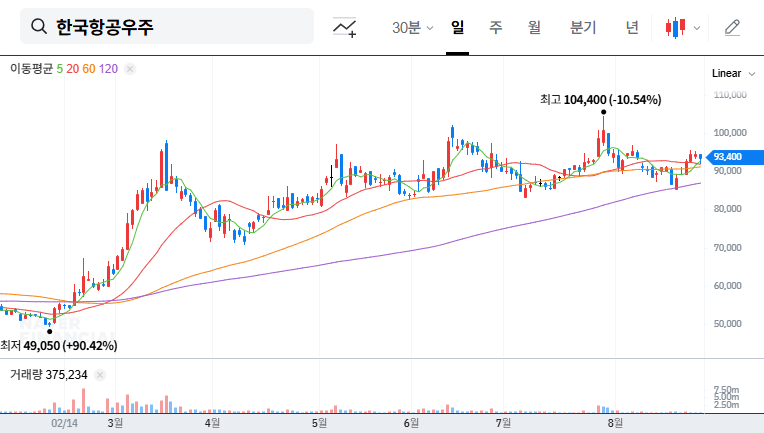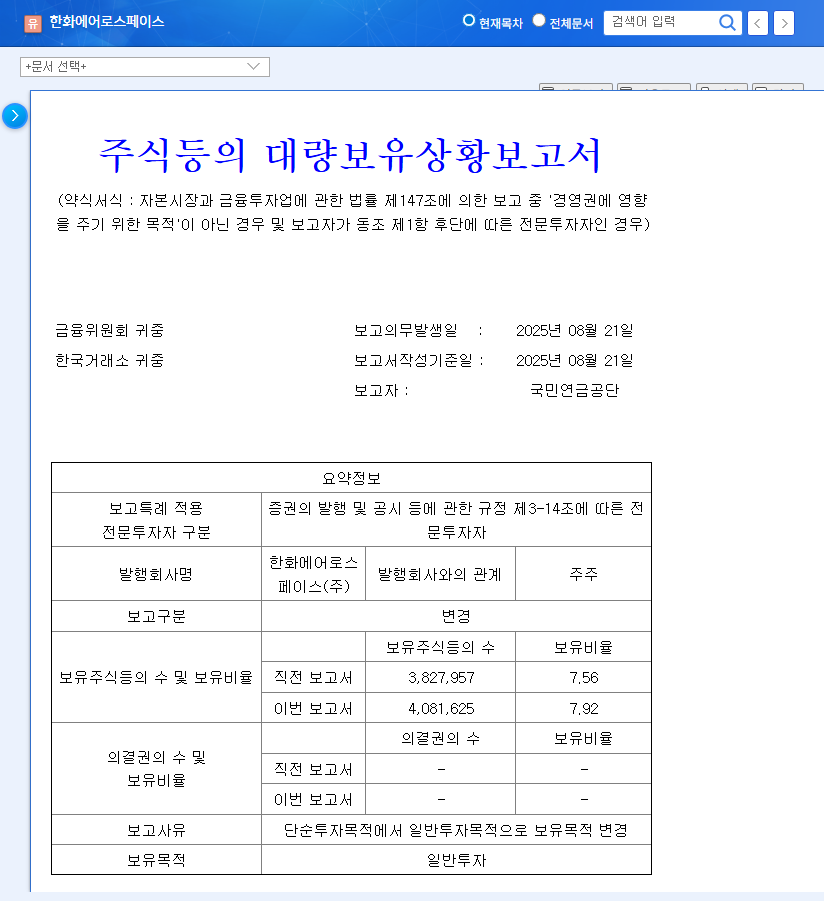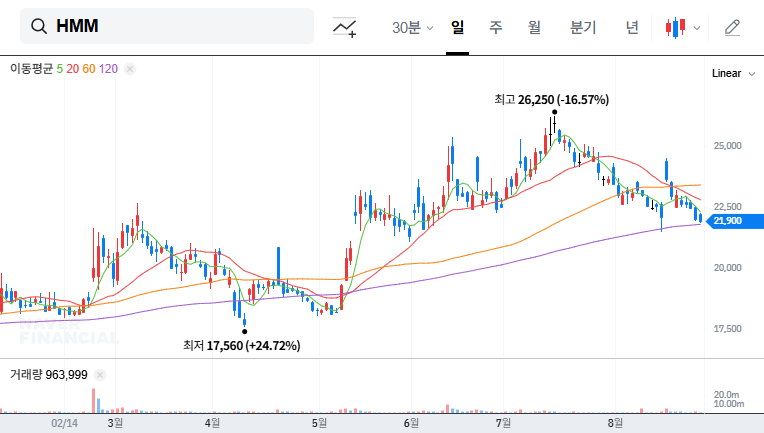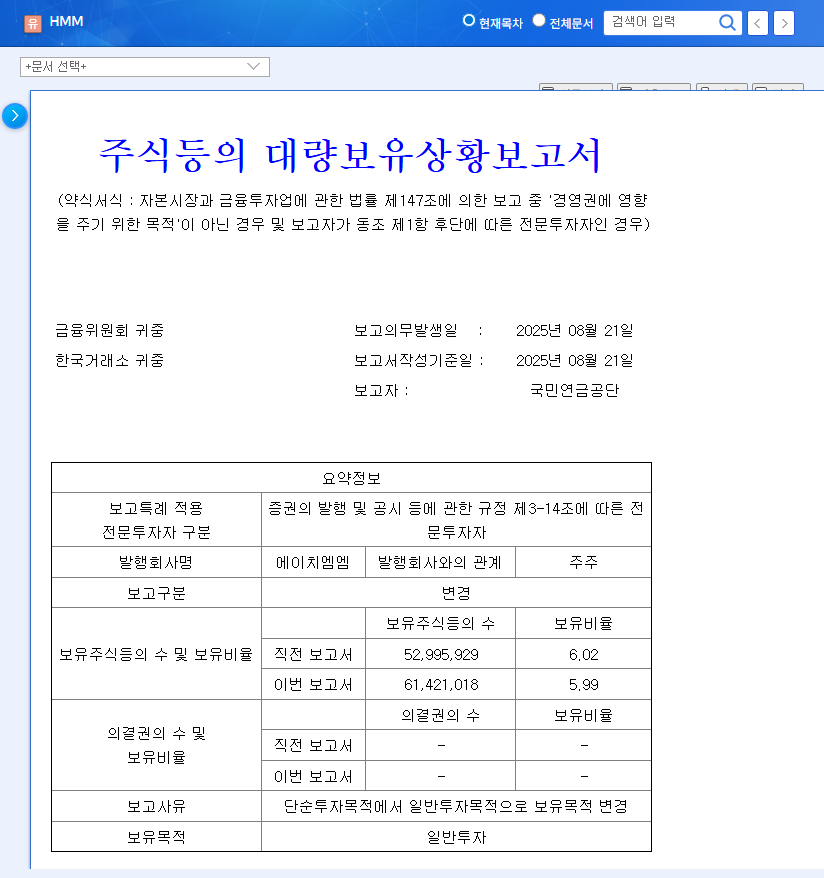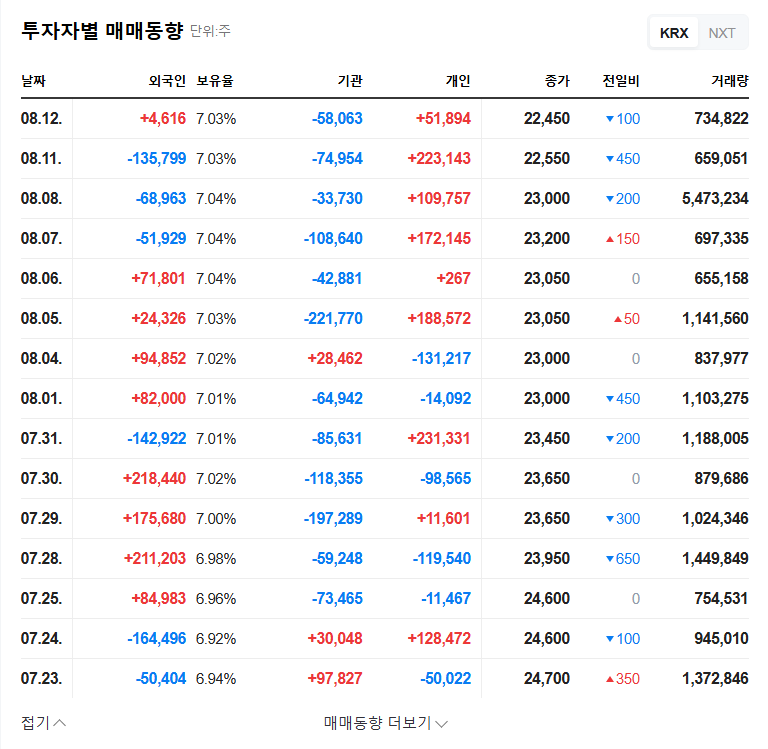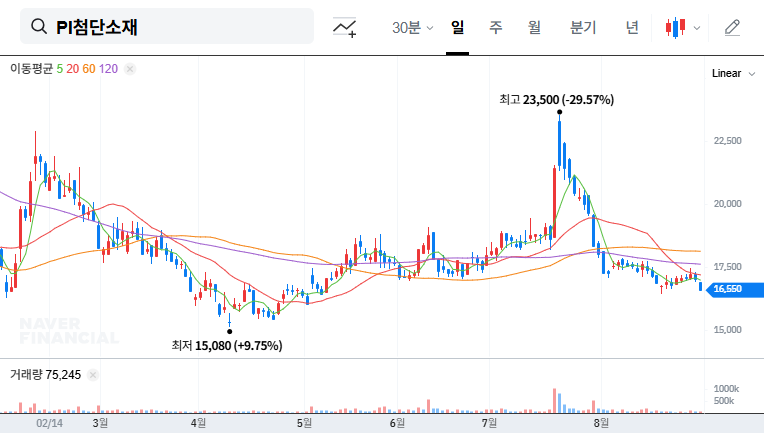
1. What Happened? National Pension Service Sells 1.07% Stake in PI Advanced Materials
On September 1, 2025, the National Pension Service announced that it had sold approximately 1.07% of its stake in PI Advanced Materials, reducing its ownership from 5.69% to 4.62%. The reason for the sale was stated as ‘simple additional acquisition/disposal.’
2. Why the Divestment? Portfolio Adjustment Likely
Beyond ‘simple additional acquisition/disposal,’ the National Pension Service hasn’t disclosed a specific reason for the sale. Therefore, the market interprets this move as part of the National Pension Service’s overall portfolio adjustment strategy. It’s unlikely that the sale reflects a deterioration of PI Advanced Materials’ fundamentals or any specific negative news.
3. What’s the Impact? Short-Term Volatility Expected, But Strong Fundamentals Remain
The divestment may put downward pressure on PI Advanced Materials’ stock price in the short term. However, the company demonstrated solid earnings improvement in the first half of 2025 and has a robust business portfolio focused on future growth industries like electric vehicles and foldable phones. Given the neutral reason for the sale and the company’s strong fundamentals, the long-term impact on corporate value is expected to be limited.
- Strengths: Solid earnings improvement, business portfolio focused on future growth industries (EV, foldable phones)
- Weaknesses: Exchange rate fluctuations, potential global economic slowdown
- Opportunities: Growth of the electric vehicle and advanced display markets
- Threats: Raw material price fluctuations, increased competition
4. What Should Investors Do? Maintain a Calm Analysis and Long-Term Perspective
Investors should avoid overreacting to short-term stock price fluctuations and instead focus on a calm analysis of the company’s fundamentals and growth drivers. If they have a positive outlook on PI Advanced Materials’ mid-to-long-term growth potential, this divestment could be a buying opportunity. It’s crucial to monitor future earnings announcements, new business developments, and other relevant factors to inform investment decisions.
Frequently Asked Questions
Is the National Pension Service’s divestment bad news for PI Advanced Materials?
While it may cause short-term stock price volatility, the neutral reason for the sale and the company’s solid fundamentals suggest a limited long-term impact.
What is the outlook for PI Advanced Materials?
The company has high growth potential thanks to its robust portfolio focused on future growth industries like electric vehicles and foldable phones. However, exchange rate fluctuations and a potential global economic slowdown are risk factors.
How should investors react?
It’s crucial to analyze the company’s fundamentals and growth drivers and formulate an investment strategy with a long-term perspective, rather than overreacting to short-term stock price fluctuations.

